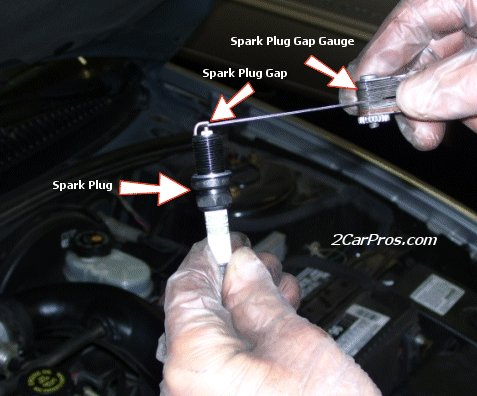The spark plug is quite simple in theory: It forces electricity to arc across a gap, just like a bolt of lightning.
The electricity must be at a very high voltage in order to travel
across the gap and create a good spark. Voltage at the spark plug can be
anywhere from 40,000 to 100,000 volts.
Spark plugs may also be used for other purposes; in Saab Direct Ignition when they are not firing, spark plugs are used to measure ionization in the cylinders - this ionic current measurement is used to replace the ordinary cam phase sensor, knock sensor and misfire measurement function. Spark plugs may also be used in other applications such as furnaces wherein a combustible fuel/air mixture must be ignited. In this case, they are sometimes referred to as flame igniters.
Spark plugs may also be used for other purposes; in Saab Direct Ignition when they are not firing, spark plugs are used to measure ionization in the cylinders - this ionic current measurement is used to replace the ordinary cam phase sensor, knock sensor and misfire measurement function. Spark plugs may also be used in other applications such as furnaces wherein a combustible fuel/air mixture must be ignited. In this case, they are sometimes referred to as flame igniters.



No comments:
Post a Comment